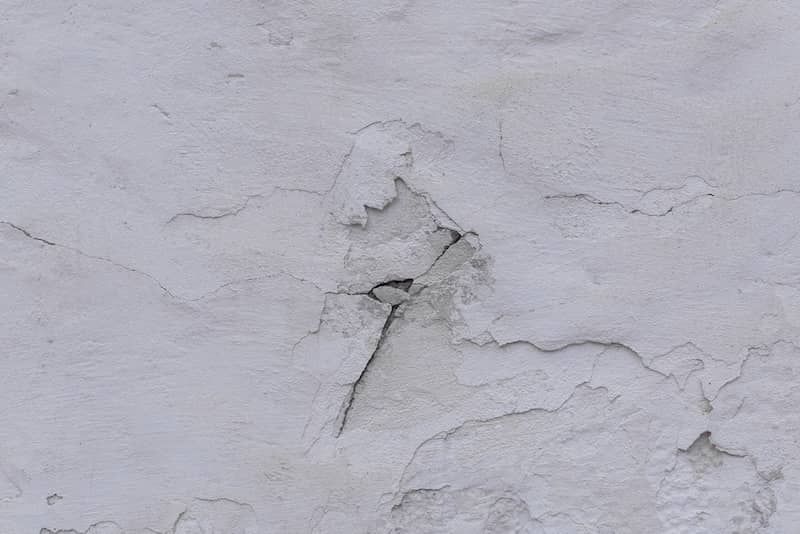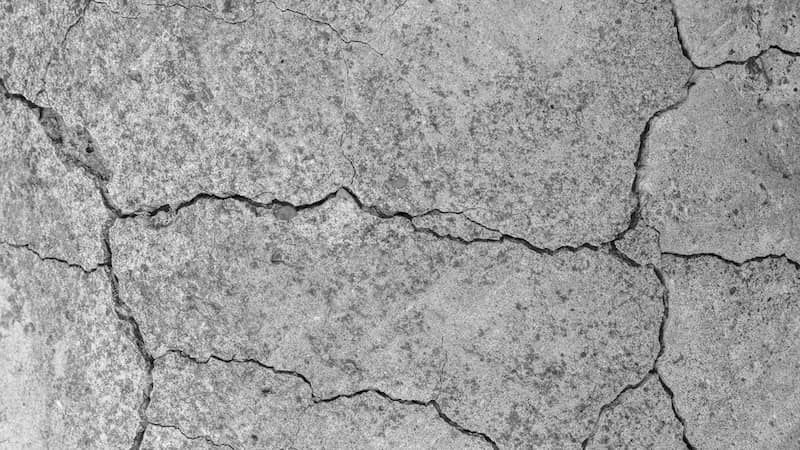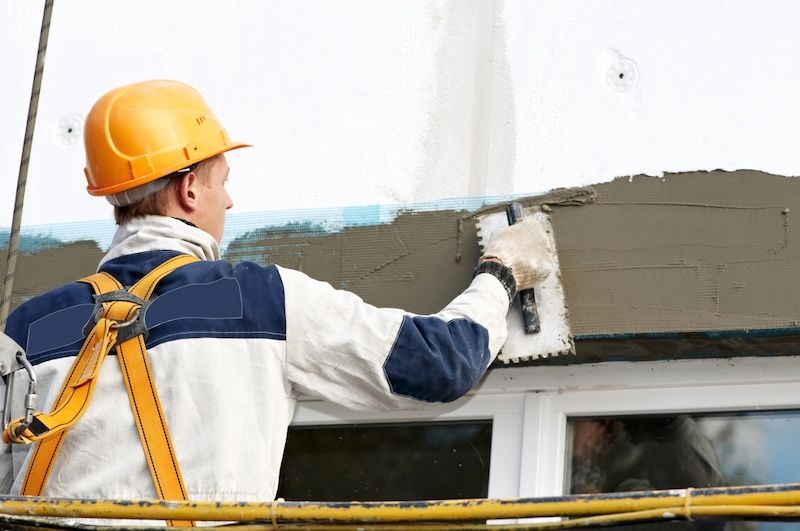EIFS Inspection: Essential Guide for Homeowners on Moisture Issues
As a homeowner, ensuring the longevity of your dwelling is a top priority. Central to this is the vital task of regular EIFS inspections. These evaluations, often incorporating stucco testing and infrared cameras, are designed to assess the moisture content in the walls of your home, identifying potential water intrusion before it escalates into significant water damage. These inspections are critical, conducted both at strategic interior and exterior locations, especially in homes built with stucco systems. As you navigate the responsibilities of maintaining your house, this guide offers expert insights to safeguard your investment against moisture-related challenges, promising you peace of mind and a well-fortified home or building.
The Importance of Regular EIFS and Stucco Inspections
When you invest time, effort, and resources into your home or building, ensuring its integrity becomes paramount. Conducting regular EIFS inspections and a stucco inspection stands as a cornerstone of this effort. Here's why:
1. Preventing Long-Term Damage and Costly Repairs
Regular inspections, especially in stucco homes, allow you to catch moisture intrusion early. Tools like moisture probes and infrared cameras can determine if you experience water intrusion problems lurking beneath the EIFS surface, preventing unforeseen issues that could escalate into structural damages. Early detection experience of water intrusion means manageable EIFS stucco repairs, saving you from exorbitant future expenses.
2. Enhancing Property Value and Aesthetic Appeal
A home's exterior is its first impression. Over time, unchecked moisture content can lead to visible issues like siding cracking, holes, or caulking failures. Regular stucco testing ensures that your exterior remains pristine, bolstering your home's curb appeal and market value.
3. Ensuring a Healthy Living Environment
Excess moisture in EIFS walls can be a breeding ground for mold, posing health risks to the inhabitants. With consistent inspections, you safeguard your interior spaces from mold growth and other moisture-related hazards. This method not only maintains a healthy living environment but also contributes to the overall lifespan of your EIFS home.
In essence, while the inspection process might seem tedious, it's a small investment for the long-term benefits and peace of mind it brings to you as homeowners. So, prioritize these evaluations to ensure your building or dwelling remains both beautiful and robust.
Inspection of Different Types of Homes
In the dynamic landscape of homeownership, it’s essential to tailor your maintenance approach to the specific needs of your property. When it comes to EIFS inspection, different types of homes have distinct focus areas:
Newly Built Homes
What to Watch Out For
In newly constructed homes, ensuring that the stucco test plaster siding has been installed correctly is crucial. Employing certified EIFS inspectors to carry out a comprehensive stucco home inspection during the early stages can help identify any potential issues, such as improper flashing installation or inadequate sealing around windows and doors, which might lead to water intrusion over time.
Prevention Tips
Maintain a regular inspection schedule to monitor the temperature and moisture content in the walls through methods like moisture readings and infrared cameras. It's also wise to keep an eye on the exterior for signs of cracking or caulking failure, addressing them promptly to prevent future complications.
Older Homes
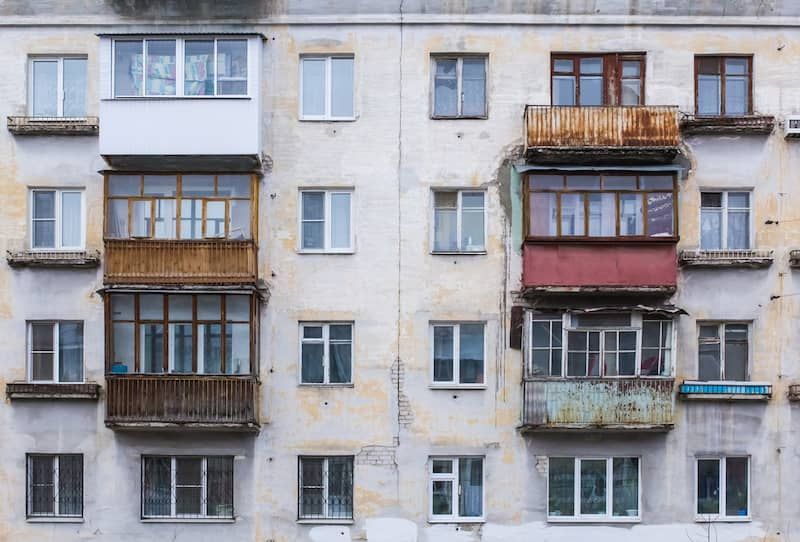
Common Issues
Older homes might harbor latent water damage issues, with problems lurking behind walls, siding, or in the foundational sheathing. This is where experts use moisture probes and small cameras in those homes built in strategic locations to detect signs of moisture intrusion, which could have developed over the years.
Repair and Renovation
If you discover issues during the stucco inspection or test, a well-planned repair process can help restore the home's structural integrity. It might involve remedying water problems, repairing cracks, or even a complete renovation of the stucco system to bring it up to current standards.
By understanding the unique demands of building your house, be it building a sparkling new home or a residence steeped in history, you can take proactive steps to safeguard your investment, ensuring a safe and aesthetically pleasing abode for years to come.
Water Intrusion in Stucco Homes
Understanding and addressing water intrusion in stucco homes are essential steps to maintaining your property's longevity and appeal. Here, we dissect the various facets of detecting and rectifying these issues.
Identifying Water Intrusion
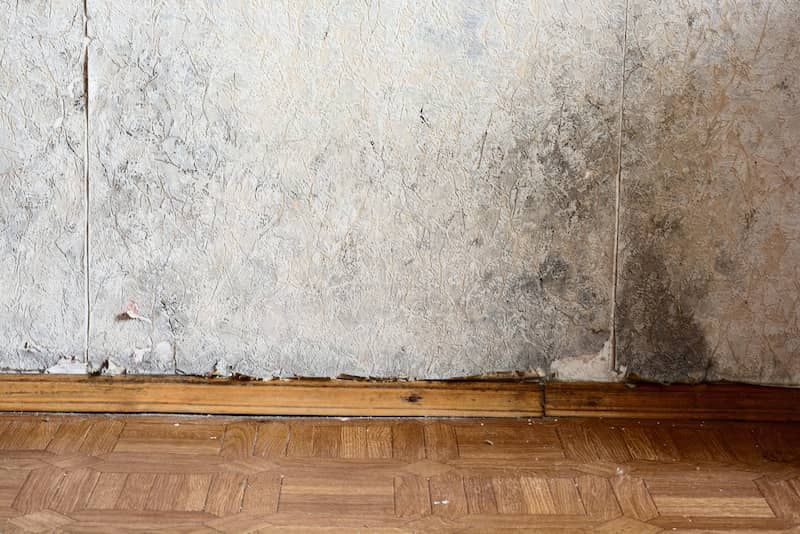
Common signs and symptoms in interiors and exteriors: Be vigilant about spotting signs of water intrusion in your house. In the interior, you may notice damp spots or bubbling paint, while on the exterior, evident signs might include discoloration or mold growth on the stucco. Regular stucco inspections can be instrumental in identifying these symptoms early on.
The role of a moisture probe and test readings in detection: Utilizing a moisture test or a moisture probe during the EIFS inspection helps in pinpointing exact areas with water deterioration. Certified inspectors often employ infrared cameras to assess the moisture content in strategic locations within the home, offering a comprehensive insight into potential problems.
Causes of Water Intrusion
Poorly installed flashing: A common reason for water intrusion is faulty or aged flashing that fails to direct water away from the interior of the building, leading to water seeping through cracks and holes.
Cracks in the exterior stucco: Over time, natural wear and tear can result in cracking in the exterior stucco, becoming a gateway for water intrusion. Regular stucco testing can help detect these cracks before they escalate.
Inadequate sealing around windows and doors: Ensure proper sealing around windows and doors to prevent water from infiltrating these vulnerable areas.
Rectifying Water Intrusion Issues
- Immediate actions to take when water intrusion is detected: If you identify water issues, immediate actions include moving personal items away from the affected area and initiating the reconditioning process to prevent further damage.
- Professional repair process vs. DIY solutions: While small issues might be handled through DIY methods, extensive water impairment requires the expertise of professional EIFS inspectors who can conduct a thorough stucco home inspection and suggest appropriate solutions.
- When to call in the experts: If you experience water intrusion that goes beyond the surface level or you are unable to determine the source, it's time to call in a stucco company that can employ advanced methods and tools to pinpoint and fix the issues efficiently.
Adopting a proactive stance on water intrusion issues safeguards your home's structural integrity, ensuring a safe and pleasant living environment.
Deciphering Moisture Readings in Stucco Homes
In the realm of home maintenance, understanding moisture readings in stucco homes is paramount. This section is designed to help you navigate through the intricacies of moisture testing, helping you maintain the longevity and integrity of your home's structure.
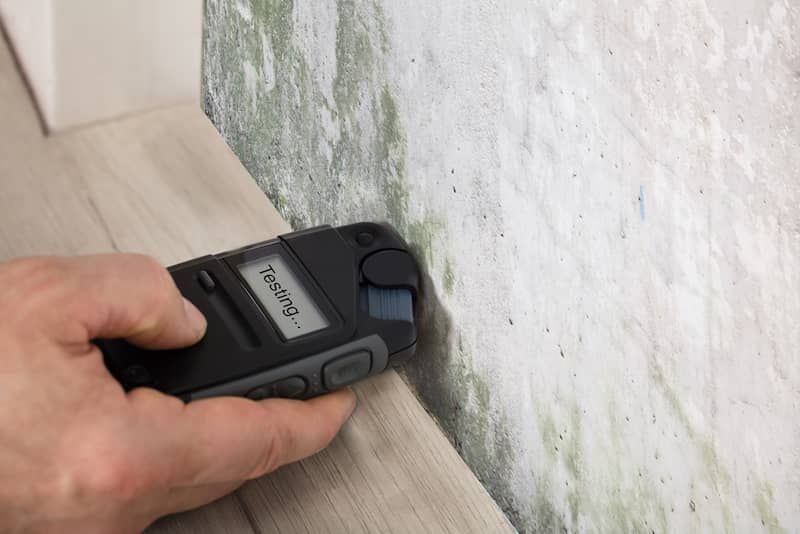
What is a Moisture Reading?
Definition and purpose: A moisture reading is a vital process conducted during a stucco inspection, a method of testing whereby the moisture content within the walls of a stucco home is measured. This test aims to detect any moisture intrusion, which can cause significant damage over time. Regular moisture readings can help identify issues at an early stage, allowing homeowners to initiate the necessary refurbishment processes promptly.
Tools used for taking readings: Various tools such as moisture meters and infrared camera cameras are employed by inspectors during a stucco home inspection. These instruments can pinpoint exact locations of moisture accumulation, offering a detailed view of the stucco home's current condition.
Interpreting Moisture Content Levels
What constitutes a normal range?: A typical range for moisture content in stucco homes is between 8% and 15%. This range might vary slightly depending on specific regional and climatic conditions. It's crucial to regularly conduct stucco testing to test and ensure that your house remains within this healthy range.
Signs that moisture levels during stucco inspection are too high: Elevated moisture levels during stucco inspection often signal water intrusion, which might be due to failure in the stucco system or inadequately installed flashing. Other signs might include visible water stains, peeling paint, or a musty odor. Such indicators necessitate an immediate stucco inspection to determine the source and extent of the problem.
Addressing Concerning Moisture Readings
Immediate steps to take: If testing the moisture test indicates high levels, your first steps should involve mitigating any ongoing water damage, possibly involving moving personal items away from affected interior areas and initiating repair processes. It might also involve consulting certified EIFS inspectors for a comprehensive assessment.
Preventative measures for the future: Going forward, consider implementing preventative strategies such as regular inspections, ensuring adequate sealing around windows and doors, and addressing any signs of cracking or failure in the stucco siding promptly. This proactive approach can prevent potential water problems, safeguarding your home's integrity for the years to come.
Preventive Measures Are Vital Regardless of What Type of Home You Have
In the endeavor to retain the charm and structural integrity of your home, implementing preventative measures stands paramount. EIFS inspection acts as a cornerstone in this aspect, aiding homeowners in averting substantial damages that are often accompanied by hefty repair costs.
Through regular stucco inspections, you can effectively preempt moisture intrusions that threaten the foundation of your house. These stucco inspections, often involving techniques such as stucco testing and utilizing moisture probe probes, help in accurately identifying potential weak points in your home's exterior. Moreover, being vigilant about signs of water intrusion can save you from escalated problems in the future.
Furthermore, integrating consistent checks into your home maintenance routine safeguards the health and longevity of your dwelling, ensuring that the cozy sanctuary of your stucco home remains undisturbed. One reliable partner in this venture is the Orlando Stucco Repair Pros, a team of certified inspectors who are tested in pinpointing and remedying issues with adeptness and precision.
Embark on a proactive journey of home care today, fostering a residence that radiates wellness and stability through thorough inspections and timely interventions.
